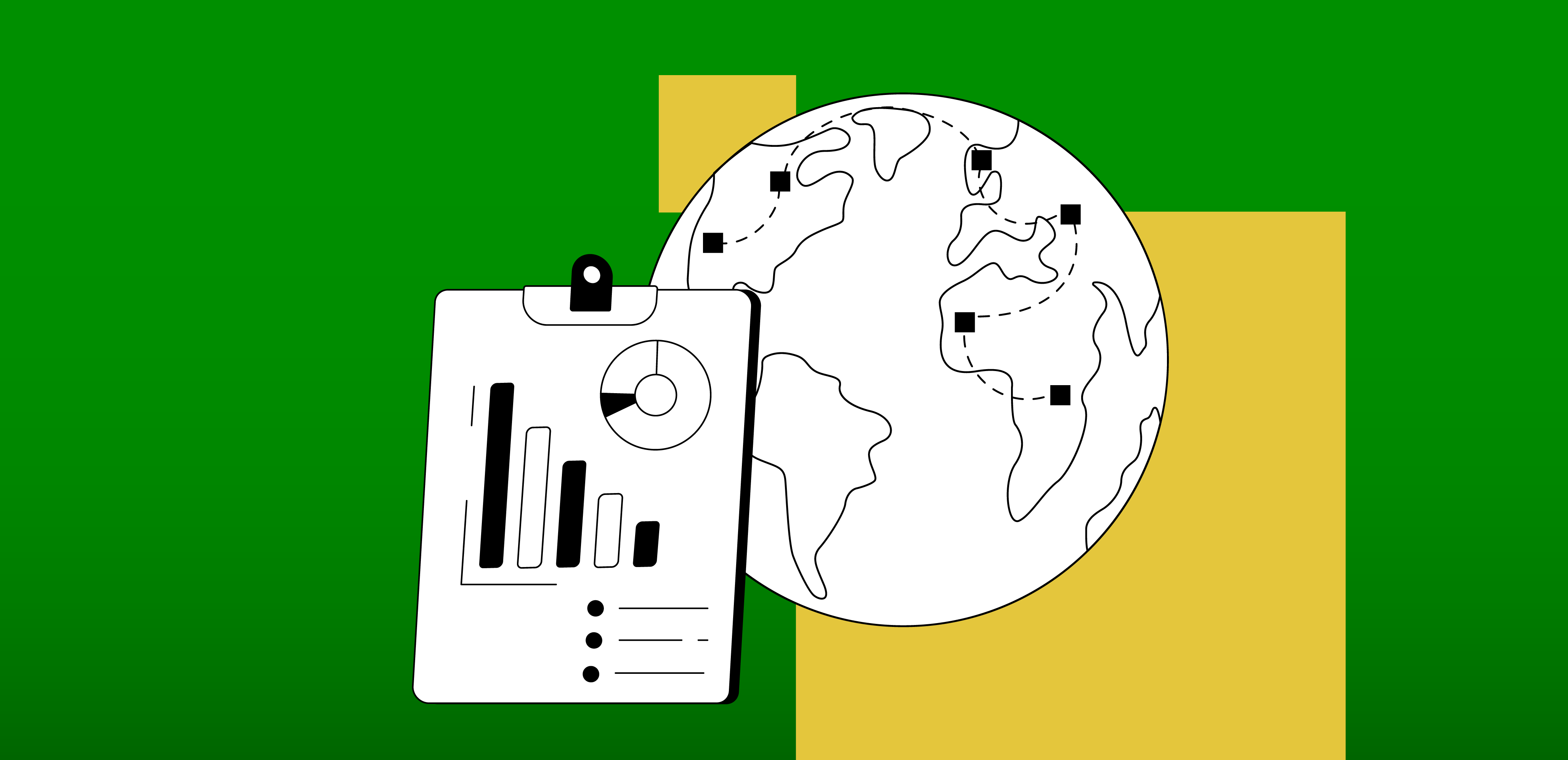
Real-world evidence (RWE) offers an excellent opportunity to expedite clinical studies, as it is derived from the analysis of patient data collected in routine clinical care, rather than through controlled experimental settings. Beyond the information contained in the electronic health record (EHR), Real-world data (RWD) also includes novel techniques such as pathology tests, diagnostic imaging, and genomic (or other “omic”), among others. Regarding Real-world imaging data, a robust data set can be accessible for novel clinical studies allowing early-stage analytics, feasibility, and exploratory analyses.
Uses of real-world imaging in medical research
The use of Real-world imaging data can also give novel insights into the patient’s journey using multi-modality imaging. This might include images of the tumor size, fat infiltration within organs, or changes in body composition, which would be very difficult or not feasible to study under the basic guidelines of traditional randomized controlled trials (RCT). In addition, The Food and Drug Agency (FDA) has recently highlighted how RWE can be used to monitor post-market safety, efficacy, and adverse event data while assisting in the regulatory decision-making process and helping them to make regulatory decisions, highlighting the different phases in which RWD can add significant value.
By harnessing the power of Real-world imaging, studies can obtain insights that reflect real-world clinical practices, providing a broader and more generalizable view of patient outcomes. Unlike RCTs, which often have strict exclusion criteria, studies based on Real-world imaging include more diverse patient populations, generating results that are more representative of real-world outcomes. This facilitates biomarker discovery and the optimization of trial outcomes early in drug development.
Benefits of Real-world imaging in clinical trials
There are several advantages of using RWD, including quick access to patient data, limited time for “recruitment,” and targeted patient selection. RWE studies show a reflective of care-driven clinical practice that includes a broad unrestricted patient population with few exclusion criteria, meaning more generalizable data and a wider variety of real-world outcomes. These studies are not limited to just using electronic health records coupled to -omics data or qualitative data through analysis sub-groups. Thus, the combination of genomic, proteomic, and radiomic approaches obtained from RWE can enable the optimization of clinical trial outcomes and biomarker discovery early within a pharmaceutical or intervention life cycle.
Clinical studies and Real-world imaging
Access to hundreds of thousands of medical imaging exams conducted globally every day offers tremendous advantages for clinical research using Real-world imaging. This may lead to the design of cheaper, quicker, more robust, and generalizable clinical trials using these multi-centric collected imaging data while shortening the time to get better, more effective treatments to the population. This approach was pioneered in studies of multiple sclerosis3, in which the use of RWD allowed the characterization of lesion load and its location evidencing disease activity.
In studies on non-small cell lung cancer, the use of Real-world imaging has shown that outcomes in real-world settings are consistent with those observed in randomized controlled trials, validating the potential of Real-world data. In addition, the use of several data sets, including up to 7.000 patients—much larger than traditional Phase II and III RCTs—has successfully supported regulatory decisions in this clinical context1,2.
Standards and harmonization in Real-world imaging
To maximize the potential of Real-world imaging, it is crucial for clinical studies to use standardized and harmonized medical imaging within patient registries. Furthermore, the inclusion of post-processing imaging expertise is another unavoidable step, such as that provided by Quibim, which allows an accurate extraction of quantitative imaging biomarkers related to the lesion heterogeneity and aggressiveness, which in turn enable patient stratification (detection of early progressors, patients with a high probability of pseudo-progression, etc.) These actions greatly facilitate the design of clinical trials both in the medium- and long- term.
The use of Real-world imaging in clinical trials and regulatory decisions is ever increasing, owing to the depth and breadth of information captured in patient registries. This provides cheaper and quicker alternatives to RCT trials, which can be particularly useful for discovery and pipeline studies in developing appropriate clinical endpoints. Moreover, the adoption of standardized and harmonized imaging protocols within these patient groups has allowed an ever-increasing spread of the use of multi-centric RWD, creating a growing trend in terms of incorporating the RWE-based approach in the design and development of clinical studies.
References
- Khozin S, et al. Real-world progression, treatment, and survival outcomes during rapid adoption of immunotherapy for advanced non-small cell lung cancer. Cancer. 2019;125(22):4019-4032.
- Stewart M, et al. An Exploratory analysis of real-world end points for assessing outcomes among immunotherapy-treated patients with advanced non-small-cell lung cancer. JCO Clin Cancer Inform. 2019;3:1-15.
- Ziemssen T, et al. The importance of collecting structured clinical information on multiple sclerosis. BMC Med. 2016;14:81.

